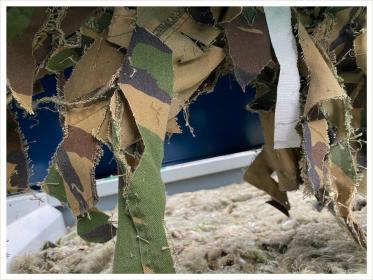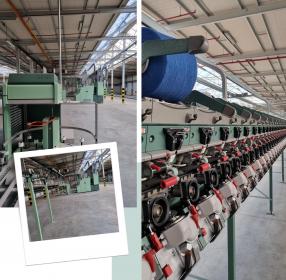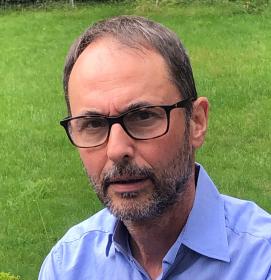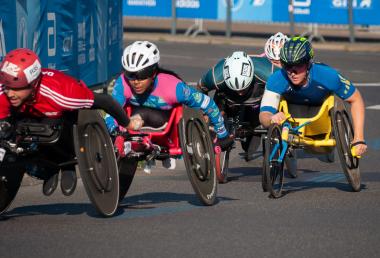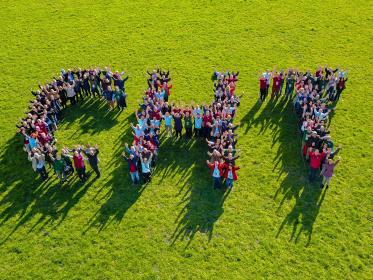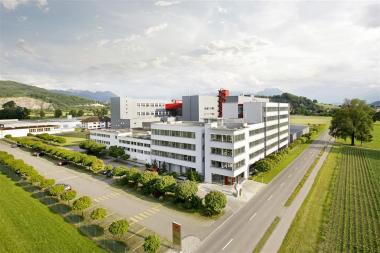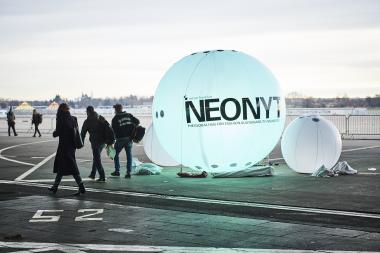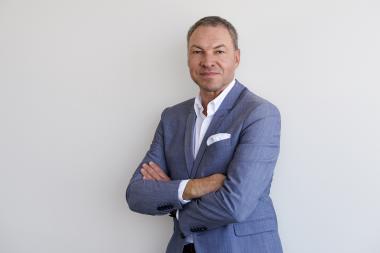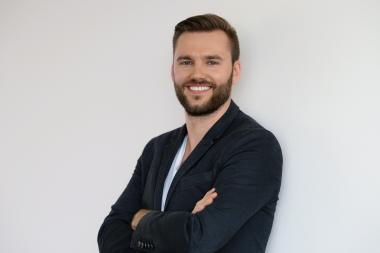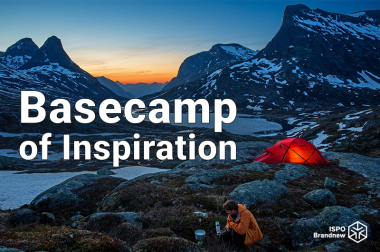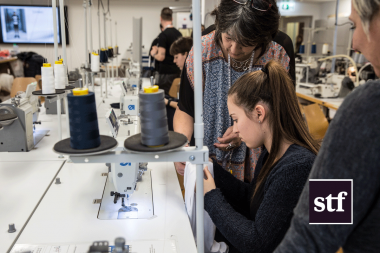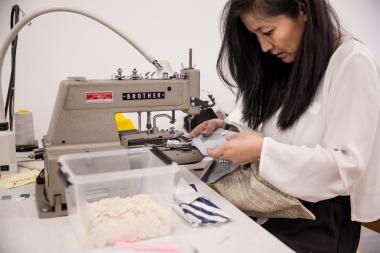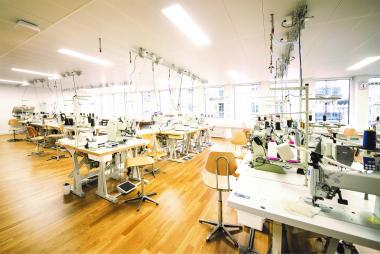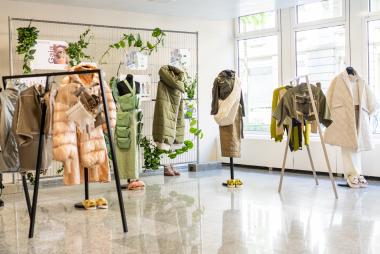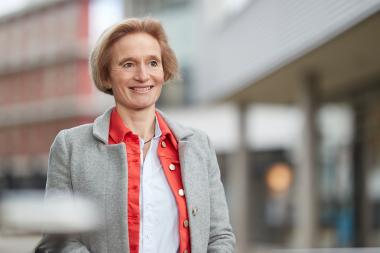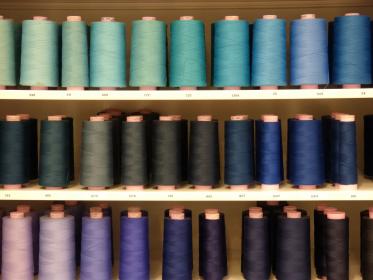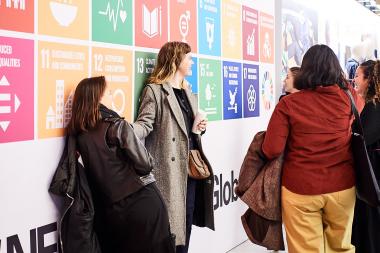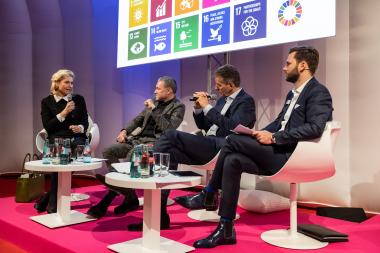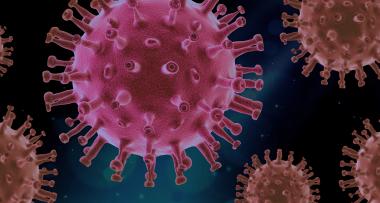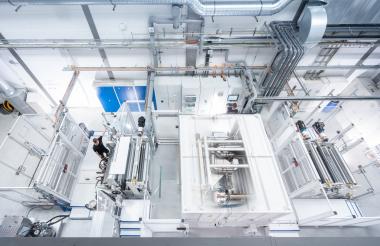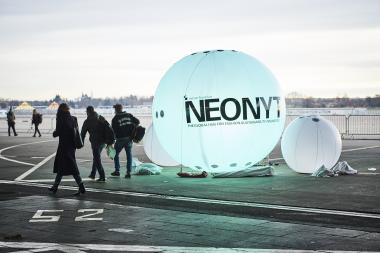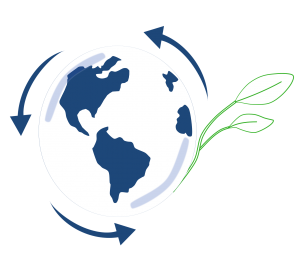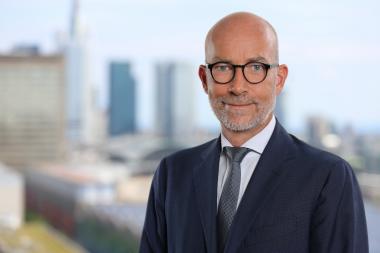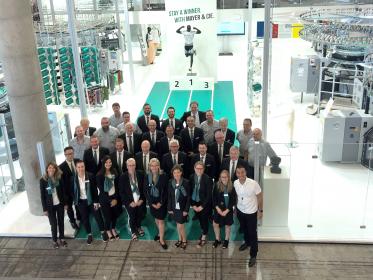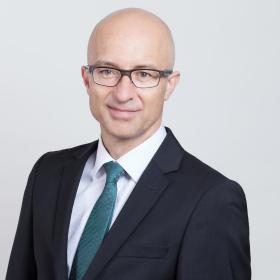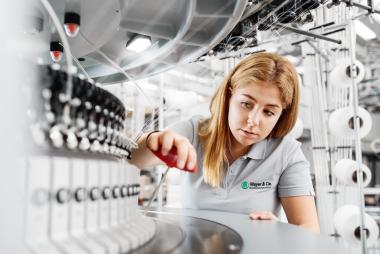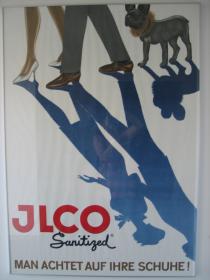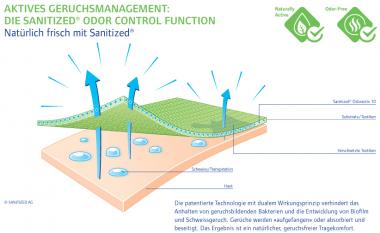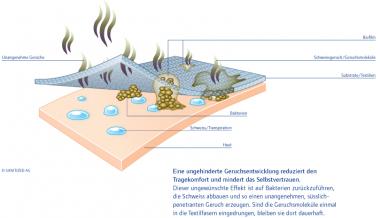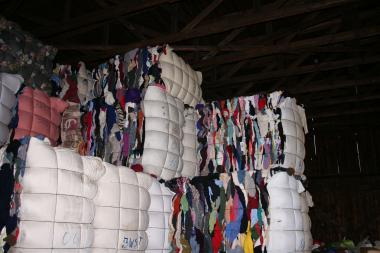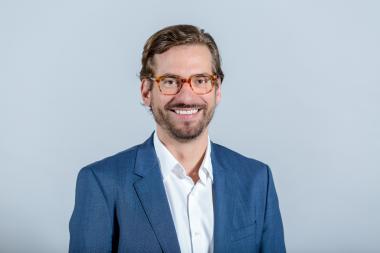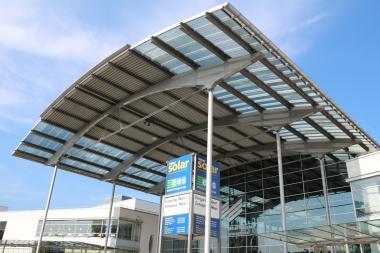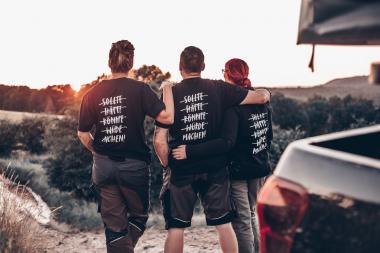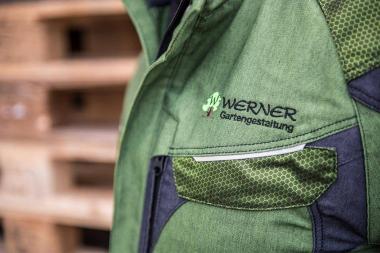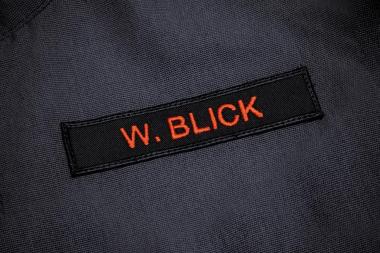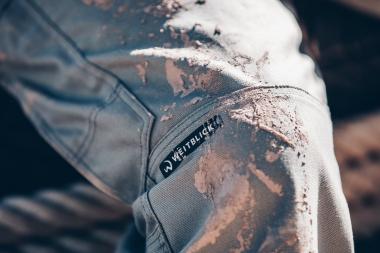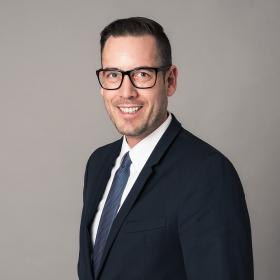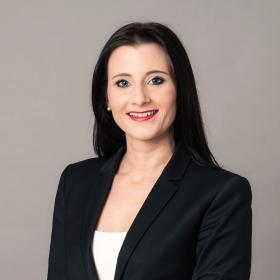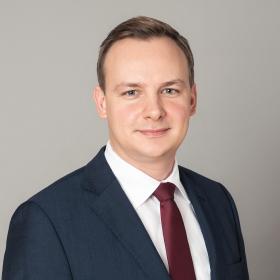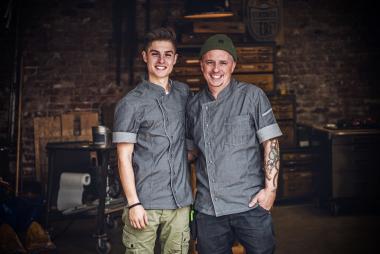How the Fashion Industry Is Using AI
Nearly every industry is poised to undergo an unprecedented transformation with the introduction of artificial intelligence (AI). AI, in simple terms, refers to technology, often in the form of computer programs, designed to replicate the human brain’s ability to perform tasks and continuously improve.
Generative AI, powered by deep learning algorithms, is making a significant impact on fashion brands. This advanced technology has the capacity to comprehend patterns within data and generate entirely new examples of text, images and even video (Bain, 2023).
Because of its ability to create new content, the fashion industry is integrating its technology into nearly all of its processes in some way, from design and product descriptions to product recommendations and 3D design (Mcdowell, 2023a).
Table 1 provides a few real-world examples of how AI is already being used in the industry.
| Category | How it works | Example |
|---|---|---|
| Fashion Design |
|
|
| Visual Content and Marketing Imagery |
|
|
| Copywriting |
|
|
| Shopping Assistants |
|
|
AI in design
Generative AI has the power to revolutionize fashion design. Designers can harness AI image generators like DALL-E, Midjourney or Stable Diffusion to bring their creative visions to life.
Cala, a supply chain startup, was the first group to harness AI in the design creation process for fashion brands. In January 2023 it introduced a tool that allows users to describe their design ideas in text or upload images which AI will then transform into illustrations or realistic images. Users can then fine tune these designs before turning them into physical products. This tool marks a pioneering use of the DALL-E API in the fashion industry, enabling the creation of clothing, accessories, shoes and lifestyle products based on descriptions or images (OpenAI, 2022).
Apparel brands are also leveraging this technology. Tommy Hilfiger collaborated with IBM and the Fashion Institute of Technology on a project named Reimagine Retail. This initiative aimed to give retailers a competitive advantage in the speed of forecasting emerging design trends by analyzing a vast array of data from images and fabrics to colors (Saunders, 2019).
While generative AI empowers designers to explore new concepts and ideas rapidly by generating various design variations, there are limitations to the technology. Manual editing and adjustments are often necessary as AI cannot turn all concepts into finished products. Concerns regarding intellectual property may also arise as some AI-generated designs could be based on copyrighted work. Legal issues in this area are still evolving, prompting brands to involve their legal teams and establish guidelines (Bain, 2023).
AI in Copywriting: Efficiency and personalization
Generative AI tools are serving as valuable assistants to marketing teams, streamlining the writing process for product descriptions and marketing emails. Copywriters input keywords and instructions and AI generates copy that can be edited as needed, enabling brands to produce written content more efficiently.
The lingerie brand Adore Me has been using AI tools to optimize product descriptions for Search Engine Optimization (SEO) to make them more likely to appear at the top of search engine results (Mcdowell, 2023a). Adore Me and other brands using AI this way report dozens of hours in time savings.
Using AI’s potential to personalize content at a one-to-one level requires businesses to have structured first-party data and robust data privacy measures (Bain, 2023). For now, human oversight is still required, and web teams will likely need to make adjustments to established workflows in order to incorporate AI.
AI-enhanced visual content for fashion marketing
Generative AI is also being applied to create visual marketing content.
Stitch Fix uses AI to curate personalized clothing recommendations for customers and is exploring how it could use DALL-E 2 to visualize garments tailored to individual preferences for color, fabric and style (Davenport & Mittal, 2022).
French fashion house Casablanca Paris is also implementing AI. It collaborated with the British photographer and AI artist Luke Nugent for its Spring / Summer 2023 campaign. The AI-generated images blended dreamlike backdrops with cutting edge technology.
Fashion brands can benefit from reduced production times, cost savings and increased creative freedom by using AI-driven innovations to develop visual assets for marketing and ad campaigns. However, ensuring that AI-generated images accurately represent products can be tricky as the output may differ from the original product photos (Bain, 2023; Mcdowell, 2023a).
AI Chatbots: Transforming the shopping experience
Many retailers are also using generative AI as online shopping assistants, commonly known as chatbots. These chatbots use natural language processing to understand and respond to customer questions or even make personalized product recommendations (Zeng et al., 2023). For instance, within Kering’s experimental KNXT platform, a luxury personal shopper powered by ChatGPT provides tailored recommendations and insights to users based on specific contexts (Mcdowell, 2023b).
Despite these advantages, chatbot technology still has room for improvement. It may struggle to suggest the right products due to inventory constraints or provide somewhat generic styling suggestions. However these chatbots are a work in progress, and companies are confident that their AI tools’ language capabilities will continue to improve as they gather more data and user feedback.
As the fashion industry evolves, generative AI-driven chatbots have the potential to revolutionize the way customers interact with brands, offering increasingly personalized and efficient services.
A new industry standard
Businesses in the fashion, textile and apparel space can no longer be ambivalent or willfully ignorant about AI. They must do the research and reflection needed to develop a clear organizational stance on AI or risk getting left behind.
Organizational strategies for AI need to go beyond looking at the future trajectory of AI. Executives must set up clear objectives around how to integrate the technology into their workflows.
The customer base of each brand will be central to a successful AI strategy. This means understanding both their attitudes towards AI as well as their preferences and expectations.
Wilson College of Textiles, Yoo-Won Olivia Min and B. Ellie Jin




